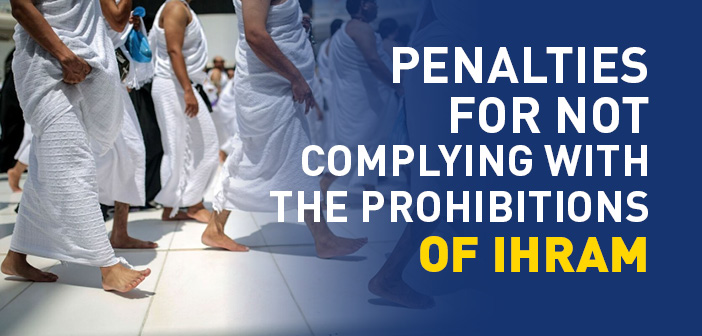
The Era of Mujtahid Imams and The Characteristics of This Era (Maliki)
What is mujtahid imams? What characteristics of this era in maliki fiqh?
This era was between the years h.120-350 / 738-960. It is the era in which fiqh matters were written and the greatest mujtahids emerged. This era is regarded as the golden era of fiqh. It is also called the era of compilation (tadween), era of Mujtahids, era of the birth of mazahib etc. It was the generation of atba’ut tabi’in who took part in drastic development in Islamic law.
Some of the most notable scholars of this time are:
In Kufa; Zayd bin Ali Zeynalabidin (d. 122/740), Abu Hanifa Nu’man bin Thabit (d. 150/767), Abu Yusuf (d. 182/798), Muhammad b. al-Hasan ash-Shaybani (d. 189/804), Dawud b. Ali az-Zahiri (d. 270/883); in Madina Ja’far as-Sadiq (d. 148/765), Malik bin Anas (d. 179/ 795); in Makkah Ibn Jurayj (d. 150/767), in Basra Sufyan al-Thawri (d. 161/778), Sufyan b. Uyayna (d. 198/813); in Baghdad Tabari (d. 310/922), Abu Thawr (d. 240/854), Ahmad bin Hanbal (d. 241/855); in Syria Awzai (d. 157/774); in Egypt Lays ibn Sa'd (d. 175/791), Muhammad bin Idris ash-Shafi’i (d. 204/820); in Khorasan Abdullah b. Mubarak (d. 181/797).
Mazahib began to form around the scholars; Abu Hanifa, Imam Malik, Shafi’i, Ahmad b. Hanbal and Ja’far as-Sadiq. Fiqh views that were initially contained in a small vicinity, began to spread over a large geography.
The Characteristics of This Era Are:
1- Great fuqaha emerged in this era: The importance and support given by the Abbasids and administration during the time lead to great development in this field.
2- The formation of the science of fiqh methodology was carried out: Also, the Sunnah was completely compiled in this era.
3- The Schools of thought (mazahib) arised: All the mazahib that we know today were created at this time.
4- Ijtihad was performed for all issues: Along with practical fiqh, anticipated fiqh had developed, circumstances in the future were preassumed and studied. Fiqh matters were debated.
Source: Fiqh1 (According To The Maliki School Of Islamic Law), Erkam Publications
The Contents of Fiqh as a Science (Maliki)
The Importance of The Science of Fiqh (Shafii)












